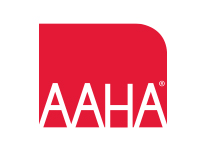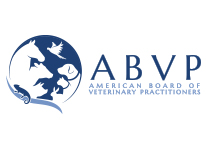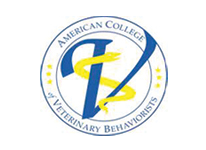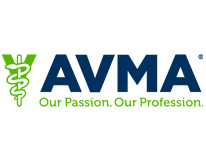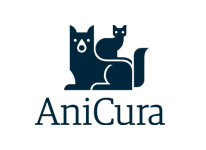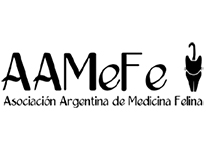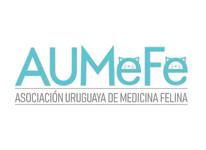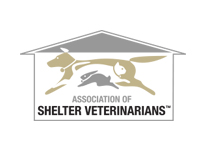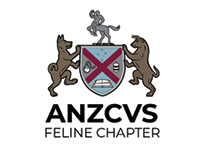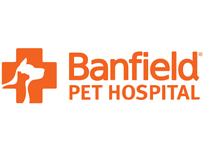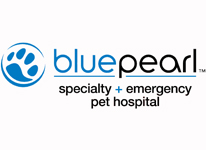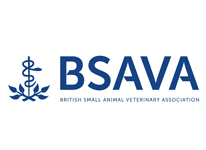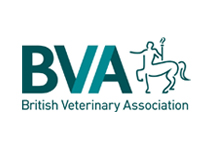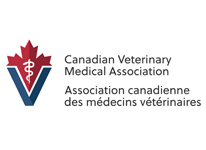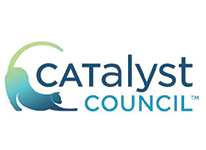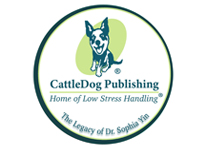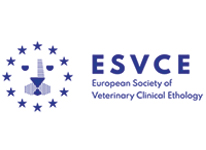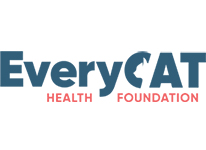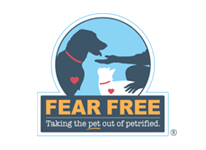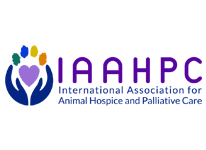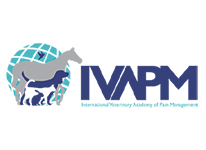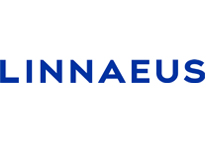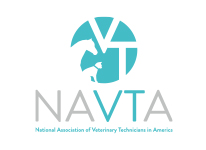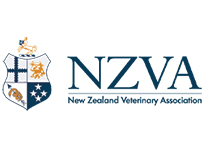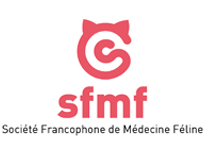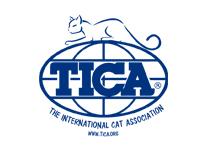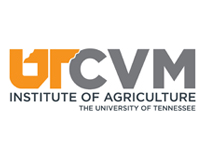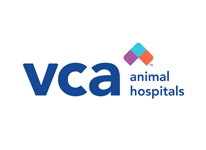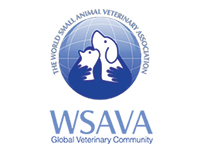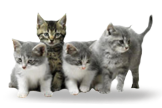
2022 ISFM/AAFP Cat Friendly Veterinary Environment Guidelines
- Download - 2022 Cat Friendly Veterinary Environment Guidelines
- Download - 2022 Cat Friendly Veterinary Environment Guidelines (Español)
- Download - 2022 Cat Friendly Veterinary Environment Guidelines (Português)
Access Client Resources - Catfriendly.com
Access Caregiver Resources - "Getting Your Cat to the Veterinarian"
Download - ISFM/AAFP Cat Friendly Veterinary Environment Guidelines Brief (AAFP Membership Required)
Download - 2022 ISFM/AAFP Cat Friendly Veterinary Environment Guideline Press Release
Co-released with the 2022 AAFP/ISFM Cat Friendly Veterinary Interaction Guidelines: Approach and Handling Techniques
***Free On-demand Webinar*** The Cat Friendly Veterinary Environment: Setting Up for Success
See Endorsing Organizations (below)
Supplemental Resources:
- Example Dietary History Questionnaire for Caregivers
- Cat Friendly Hospital Chart
- Client Brochure - 'Visiting your Veterinarian: Getting your Cat to the Veterinary Practice'
- Client Brochure - 'You and your Cat Deserve a Cat Friendly Practice®'
The 2022 ISFM/AAFP Cat Friendly Veterinary Environment Guidelines describe how the veterinary practice environment can be manipulated to minimize feline patient distress. Many components of a veterinary practice visit or stay may result in negative experiences for cats. However, much can be done to improve a cat’s experience by making the veterinary practice more Cat Friendly. Exposure to other cats and other species can be reduced, and adjustments made with consideration of the feline senses and species-specific behavior. Caregivers can prepare cats for a veterinary visit with appropriate advice. Waiting rooms, examination rooms, hospital wards, and other practice areas can be designed and altered to reduce stress and hence encourage positive emotions. Changes need not be structural or expensive in order to be effective and make a difference to the cats and, in turn, to caregivers and the veterinary team. Moreover, by improving the all-round experience at the veterinary practice, there are positive effects on preventive healthcare, identification of and recovery from illness, and compliance with treatment.
Good feline healthcare necessitates visiting the veterinary practice, which, simply by being outside of a cat’s territory and familiar surroundings, may lead to negative experiences. Such experiences can trigger negative (protective) emotions and associated physiological stress, which can result in misleading clinical findings, patient distress, prolonged recovery from illness, further difficulties with handling at subsequent visits, and potential veterinary personnel injury. There may be a mistaken belief that veterinary practice must undergo significant renovation or building work to become Cat Friendly, and that, if species cannot be separated, then practice cannot improve their care of cats. These Guidelines aim to dispel any such misconceptions and provide detailed practical advice.
The Task Force includes Samantha Taylor, BVetMed (Hons), CertSAM, DECVIM-CA, MANZCVS, FRCVS (co-chair); Kelly St. Denis, MSc, DVM, DABVP (Feline) (co-chair); Sarah Collins, DipAVN (Medical), RVN, VTS (ECC), Cert CFVHNut, ISFM DFN; Nathalie Dowgray, BVSc, MANZCVS, PGDip, MRCVS, PhD; Sarah L.H. Ellis, BSc (Hons), PGDip, PhD; Sarah Heath, BVSc, PgCertVE, DECAWBM (BM), CCAB, FHEA, FRCVS; Ilona Rodan, DVM, DABVP (Feline); and Linda Ryan VTS (Behavior, Oncology), DAVN, KPA-CTP, RVN, CCAB.
The Cat Friendly Veterinary Interaction Guidelines are proudly endorsed by:
The AAFP and ISFM thank these organizations for supporting these Guidelines. If you are with an organization that would like to endorse these Guidelines, please submit here.
The AAFP Cat Friendly Practice® Program is sponsored by Zoetis, Boehringer Ingelheim, Ceva Animal Health, Elanco, Hill’s, IDEXX, Merck Animal Health, Purina Pro Plan Veterinary Diets, and Royal Canin, and is supported by Wedgewood Pharmacy. ISFM Cat Friendly Clinic is sponsored by IDEXX, Ceva, Royal Canin, Boehringer Ingelheim, and Zoetis. The AAFP and ISFM gratefully acknowledge the support of these companies in enabling them to deliver and build on their Cat-Friendly Practice/Clinic Programs.


